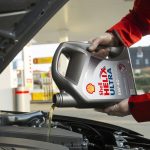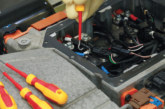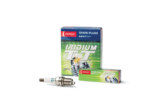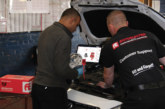As Shell continues to push the boundaries of engine lubrication, PMF looks into how the manufacturer’s Helix Ultra range is produced and why it will benefit your customers.
Since 1901, the motor oil industry has gone from milestone to milestone and Shell has been at the forefront of product development along the way. Its latest innovation in synthetic motor oil – Shell Helix Ultra with PurePlus Technology – is designed from natural gas, making it the first of its kind, so the company claims. The patented Shell PurePlus Technology is an innovation that delivers crystal clear base oil with virtually no impurities and, because it’s formulated with Active Cleansing Technology, Helix Ultra provides even higher levels of cleansing and protection.
How it works
Helix Ultra provides Shell’s best level of protection against deposits, wear and corrosion. It also offers the best level of fuel economy enhancement for the car owner.
The Active Cleansing Technology is really the heart and soul of the lubricant. It does the wear protection, it keeps deposits off moving parts and it enhances the fuel economy of the lubricant. But it can’t do that alone, as it can only achieve this level of performance in partnership with the base stock. Bringing Shell PurePlus Technology together with Active Cleansing Technology therefore enables it to make a really incredible lubricant.
For many people who are buying cars with modern engines, the OEM or manufacturer’s specifications may include highly demanding tests that can only be met or exceeded by highly advanced products like Helix Ultra with PurePlus technology. And for those drivers who have slightly older vehicles, it’s a chance to take even better care of their car and make the engine last even longer by reducing the amount of deposits that form in the engine, minimising wear. They’ll also get the boost of the added fuel economy, depending on the viscosity.
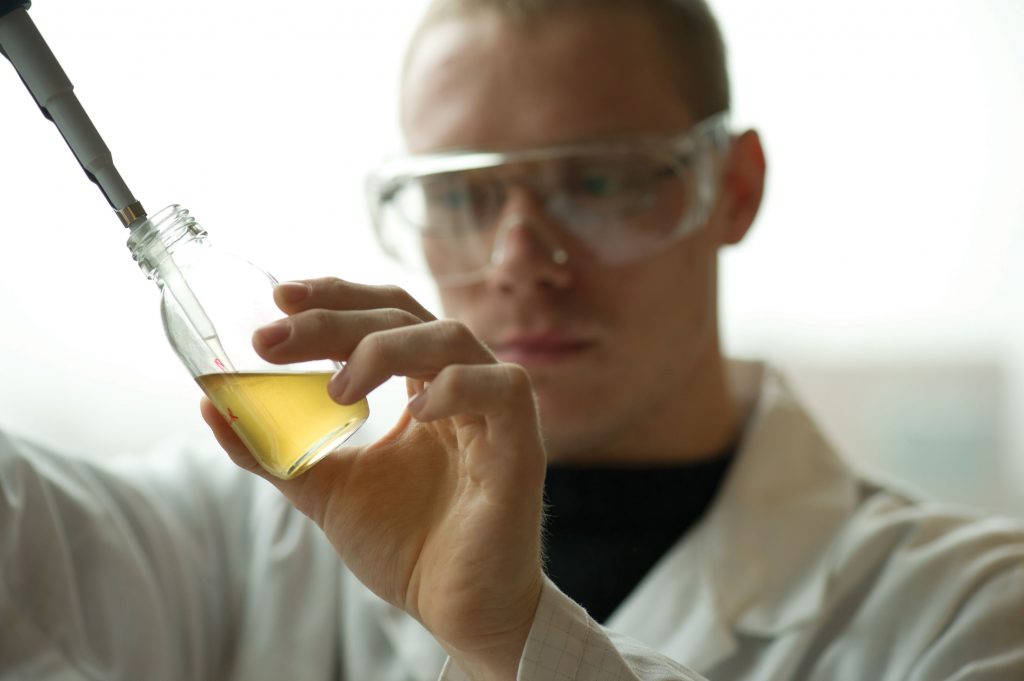
How it’s made
It all starts in Qatar, where over 52,000 workers from 65 countries have taken over 500 million man hours to design and build the special Shell production plant. 900 trillion cubic feet of natural gas then flows to Shell’s processing facilities via two pipelines where the methane gas is heated with oxygen to a temperature of 2,650˚F – turning it into Syngas.
Maarten Beckers, Technical Manager Shell Lubricants UK, says: “The Syngas is then turned into long waxy hydrocarbon liquids that undergo further processing before the liquid is distilled into five different gas-to liquid products – one of which is our base oil, which is now virtually free from impurities. Finally, we add in our innovative active cleansing additives at our blending sites around the world, making it one of the best oils available for a vehicle’s engine.”

